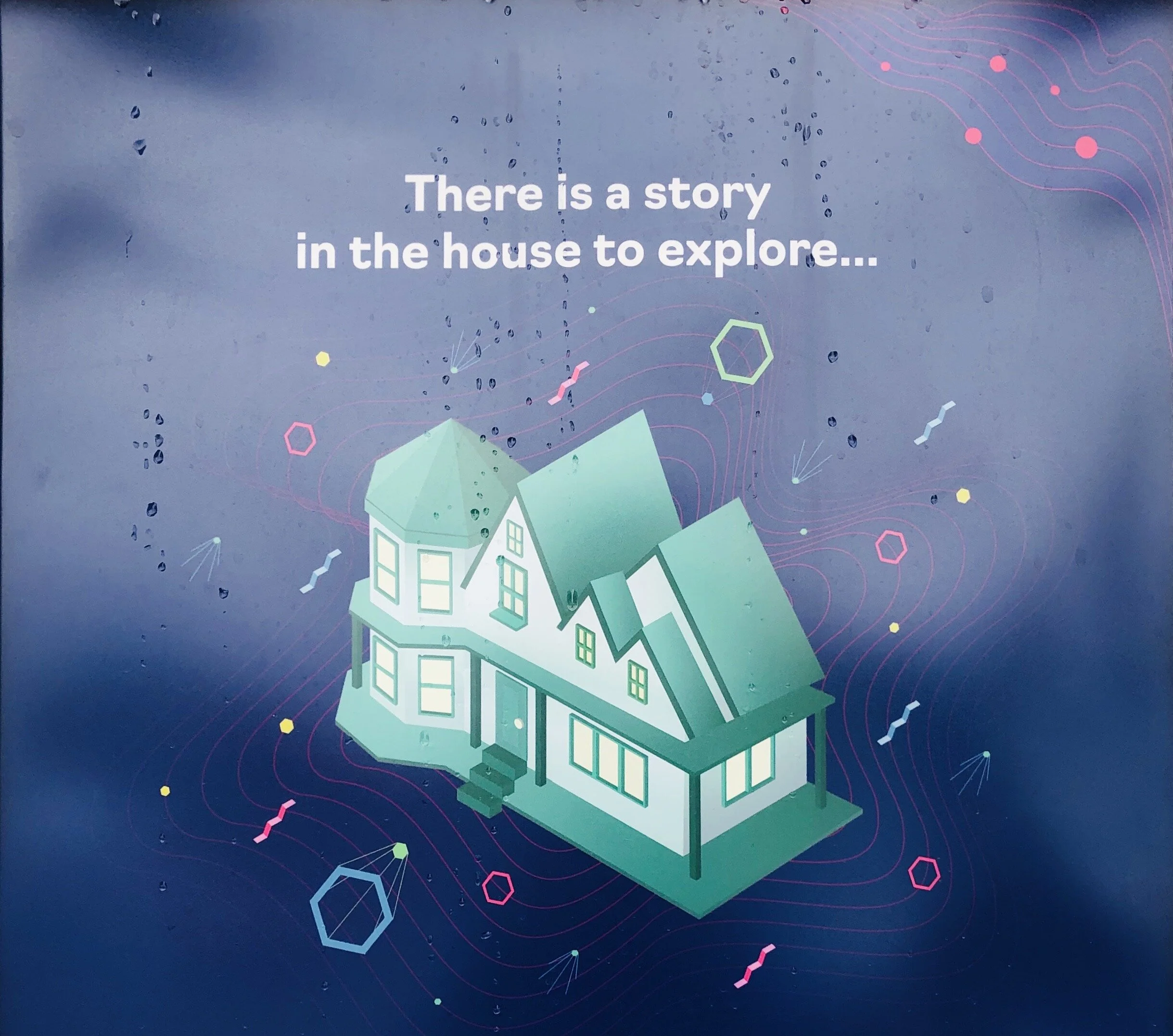The Magic of Sensory Words
by Nancy Sackheim
Are you wearing the same clothes you slept in last night and the day before? Is that dark stain at the bottom of your mug from this morning's coffee or last night's red wine...or maybe both? Are you staring at the same paragraph of your masterpiece until the monitor goes to sleep? Do you feel like your life is a black and white low resolution image?
Snap out of it! Even in these trying times, you're still a writer. And what you write better be in living color, engaging all the senses so the reader experiences your words and feels present in the pages of your story. Otherwise, you could wind up with no readers at all, except maybe your favorite Uncle Bob who reads everything your write because he's... well, your favorite Uncle Bob.
There is a magic in sensory words. When reading non-sensory words, your brain processes text. But when you read sensory words, different areas of your brain light up. Your brain processes sensory words as if you are actually tasting the rich sweetness of a fully ripe, plump blackberry, seeing sunlight filtering through branches bursting with spring's myriad shades of green, feeling the ottoman's rough, nubby linen texture and the suppleness of the crumpled silk shot kimono slung carelessly across it.
As an exercise, let's use champagne to explore words that engage each of the five senses. You could write, "We opened a bottle of champagne and each drank a glass." Information, but no magic. Or you could engage the reader's senses so that glass of champagne will never be forgotten. Consider the following examples of words that engage the senses.
The Comité Champagne describes "...the pop as the bottle is opened. The hiss, chatter, babble, and whisper as the effervescence whooshes into the glass. Some whizz through the liquid like shooting stars...that shatter into fragments of gold. In a young Brut Champagne...scents of white flowers are often the prelude to hints of orange peel and wild berries. The bubbles feel like crystalline pearls on the palate, exploding with acidulous flavors...ripe fruit and exotic wood, seductive and velvety. The glass, ideally an ultra-fine tulip-shaped glass, should feel cool to the touch, just as it looks cool to the eye by virtue of the mist that forms inside the glass.”
Now, don't you want to pour a glass of champagne and savor it, even if you don't even particularly like champagne? The magic of sensory words!





